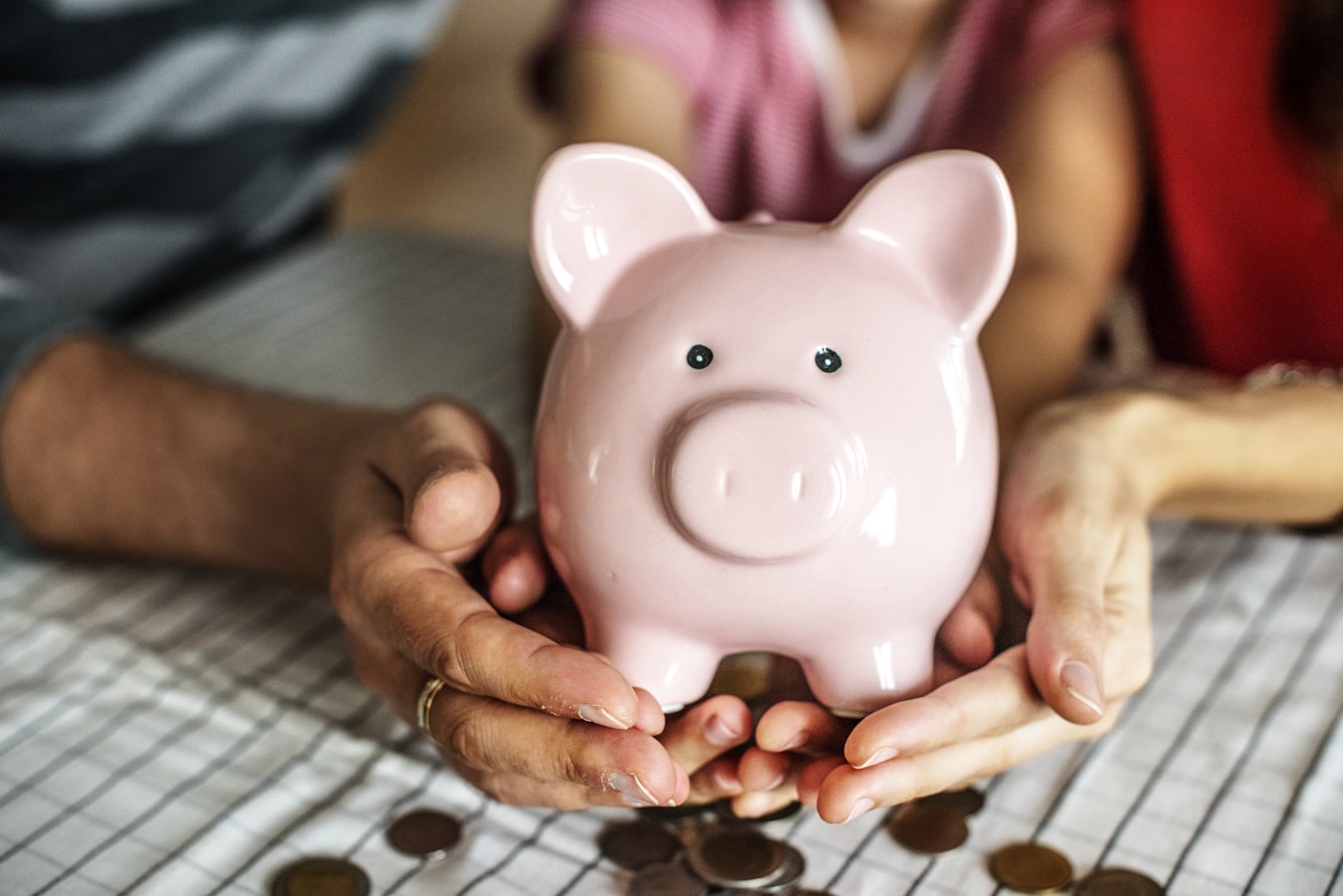Recovering from Bankruptcy
No one wants to think about bankruptcy. But it’s a reality that many people have to face. Bankruptcy is especially hard when it’s due to something out of your control. Medical expenses are typically cited as the most common cause for individual bankruptcy. No matter your reasons for filing bankruptcy, you want to get your life on track afterwards.

Here’s what you need to know about recovering from bankruptcy.
How Long Does Bankruptcy Last?
Part of recovering from bankruptcy is knowing how long it will take you to get back on your feet. Some people assume that filing for bankruptcy is equivalent to wiping your hands clean of all past credit issues. This isn’t an accurate portrayal. The procedural aspect of bankruptcy will likely take two to six months if you file Chapter Seven; which is the most common type of bankruptcy. People often refer to this type of filing as liquidation, as the debtor’s non-exempt assets are all sold off in order to pay back whatever’s possible.
Chapter 13 takes much longer than this, as those filing bankruptcy have to follow a plan approved by the bankruptcy court in order to retain more assets. Following these procedures can take up to five years—sometimes even longer. These time limits also fall short of how long a bankruptcy can make your life difficult in other ways.
How Will It Affect Your Credit?
Of course, losing assets or having to complete a lengthy bankruptcy procedure will make life more difficult. But these things are often insignificant compared to the hardships that come with annihilating your credit. When you file for bankruptcy, it’s essentially telling lenders that you don’t pay back your debts. This in turn is going to massively impact your credit score.
A Chapter Seven bankruptcy stays on your credit report for 10 years, while a Chapter 13 stays on for seven years. Having a bankruptcy on your credit report is like trying to row a canoe with a clunky anchor holding you back. It’s not impossible to get new debt or repair your credit, but it’s going to be harder until that bankruptcy gets wiped from your record.
Will You Be Able to Buy a Car or Home?
One of the scariest parts about recovering from bankruptcy is feeling like you’re alone. In truth, a lot of other people are going through the same thing. About 770,000 individuals filed for bankruptcy in the U.S. in 2017.

While it may be more difficult for you to get loans, or other monetary approvals, due to your weakened credit, it’s not impossible. For instance, there are organizations that specialize in getting consumers after bankruptcy car loans such as RoadLoans.
Companies that deal with this sort of loan manage their risk by providing higher interest rate loans. You need to do a bit of research into the background of the lender before signing up with them. There can be huge differences in quality and trustworthiness between subprime lenders; so, do your homework when looking into companies and customer reviews.
It can often be more difficult to get a mortgage, since this is a larger purchase that will span over a much greater time frame. It’s suggested that you wait at least two years after a bankruptcy to even try to buy a home. Building up your credit for a while will let you take advantage of better interest rates if lenders see that you’re being reliable. That will add up to a lot of money over the life of a mortgage.
You Need to Create a Budget
Before you go out trying to purchase anything, however, you need to create a budget. This is truly the most important thing to getting your life back on track after going through bankruptcy. Having a budget will let you see your cash flow in hard terms. You can’t afford to be financially irresponsible after experiencing bankruptcy. Here’s what you need to do in order to build an effective budget:
- Get all your financial statements together, which includes bank accounts, bills, or anything that could be included as income or an outflow.
- Add up all your sources of income to see exactly how much money you’re bringing in each month.
- Separate your spending into recurring and one-time payments. Recurring payments will include things like electric bills, while one-time payments will be costs associated with going out to eat, or other one-off items.
- Once you compare your income to costs, figure out ways you can cut back on expenses in order to give yourself more of a cushion. Memberships, subscriptions, and dining out are all ways that people tend to spend more than they can afford.
Bankruptcy can see like a daunting obstacle. However, it’s not an impossible hurdle by any means. Many people have gone through bankruptcy and come out fine on the other side. You’ll do this too if you take the time to plan, and act responsibly.